Solar Radiation Luminosity Sensor - SOL-LUM
• Range: Wavelengths of from 400-700 nm
• Accuracy: Maximum ± 5%
• Sensitivity: Typical 30 µA per 100 klux
• Linearity: Maximum deviation of 1% up to 100 klux
• Stability: <±2% change over a 1 year period
• Response Time: 10 µs
• Operating Temperature: -20°C to +65°C
• Operating Humidity: 0 to 100%
- Quantity:
- - +
Product Specification
SOL-LUM Solar Radiation Luminosity Sensor Description
The Luminosity Sensor is a photometric sensor designed for measurements of lighting conditions when the eye is the primary receiver. Applications include measurement of light in work areas, and from television screens.
The sensor uses a filtered silicon photodiode to provide a spectral response that matches the CIE curve within +5% under most light sources. This photodiode and filter combination is placed within a fully cosine-corrected sensor head to provide the proper response to radiation at various angles of incidence.
The Luminosity Sensor is mounted on a leveling base and is available with either a flat base or plug-in mount to fit the RainWise Quadpod or Monopod mounting systems. It is manufactured of high stability silicon (detector), aluminum, stainless steel and PVC (base for RainWise Mount).
SOL-LUM Solar Radiation Luminosity Sensor Specifications
|
Range |
Wavelengths of from 400-700 nm |
|
Accuracy |
Maximum ± 5% |
|
Sensitivity |
Typical 30 µA per 100 klux |
|
Linearity |
Maximum deviation of 1% up to 100 klux |
|
Stability |
<±2% change over a 1 year period |
|
Response Time |
10 µs |
|
Temperature Dependence |
±0.15% per °C maximum |
|
Cosine Correction |
Cosine corrected up to 80° angle of incidence |
|
Azimuth |
<±1% error over 360° at 45° elevation |
|
Operating Temperature |
-20°C to +65°C |
|
Operating Humidity |
0 to 100% |
If you cannot find what you want, you can entrust OFweek to source for you. Just click:
Sourcing ServiceRecommended Products
-
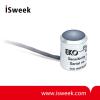
Industrial Grade Solar Sensor
-

Photosynthetically Active Radiation (PAR) Sensor
-

Illuminance Sensors LUX Sensor
-

Secondary Standard Pyranometer
-
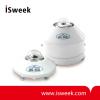
ISO First Class Pyranometer
-
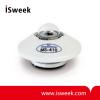
First Class Pyranometer
-
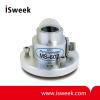
Smallest True Thermopile Pyranometer
-
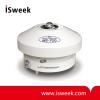
Compact All Weather Spectroradiometer
-
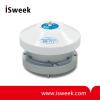
New Generation Grating Spectroradiometer
-
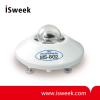
Secondary Standard Pyranometer


















